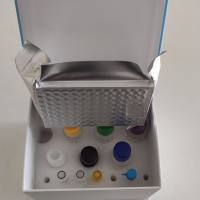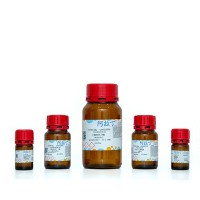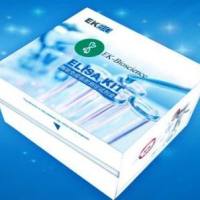Direct Fabrication as a Patient-Targeted Therapeutic in a Clinical Environment
互联网
504
A paradigm shift is taking place in orthopaedic and reconstructive surgery. This transition from using medical devices and tissue grafts towards the utilization of a tissue engineering approach combines biodegradable scaffolds with cells and/or biological molecules in order to repair and/or regenerate tissues. One of the potential benefits offered by solid freeform fabrication (SFF) technologies is the ability to create such biodegradable scaffolds with highly reproducible architecture and compositional variation across the entire scaffold due to their tightly controlled computer-driven fabrication. Many of these biologically activated materials can induce bone formation at ectopic and orthotopic sites, but they have not yet gained widespread use due to several continuing limitations, including poor mechanical properties, difficulties in intraoperative handling, lack of porosity suitable for cellular and vascular infiltration, and suboptimal degradation characteristics. In this chapter, we define scaffold properties and attempt to provide some broad criteria and constraints for scaffold design and fabrication in combination with growth factors for bone engineering applications. Lastly, we comment on the current and future developments in the field, such as the functionalization of novel composite scaffolds with combinations of growth factors designed to promote cell attachment, cell survival, vascular ingrowth, and osteoinduction.








